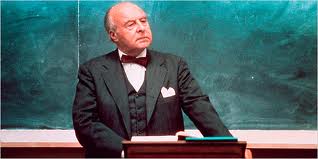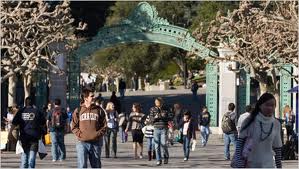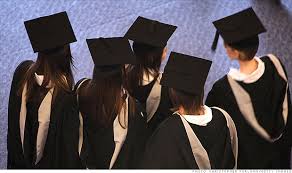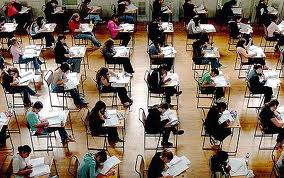Want your colleagues to remain effective teachers and researchers after tenure?

Then prioritize quality over quantity in publishing during the tenure process, avoid collegiality as a tenure criterion and make sure your administrators aren’t rubber-stamping faculty tenure recommendations.
As InsideHigherEd puts it, “That’s according to a new study out in this month’s PS: Political Science and Politics, a journal of the American Political Science Association.
“When Tenure Protects the Incompetent: Results from a Survey of Department Chairs” (an abstract of which is available here), is based on results of a survey of 361 responding political science chairs at doctoral, master’s and baccalaureate institutions regarding faculty incompetence and tenure. The author, John Rothgeb, a professor of political science at Miami University, in Ohio, said in an interview he was inspired to explore the topic in light of recent state-level debates, including in Ohio, about the value of tenure and whether or not it made faculty members less effective as researchers and educators. And most of those debates happen without empirical data to support arguments on either side, he said – partly because data are hard to come by.
“I was concerned about tenure because of the many claims you read about all the time [that] tenure is destroying higher education, and blah blah blah,” Rothgeb said in an interview. “And if you serve on tenure committees, as I do at Miami University, we’re always talking about what tenure means, but I wondered, do you really know what you’re talking about what you say all these kinds of things?” Continue reading “Tenure and incompetence”





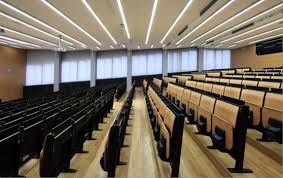


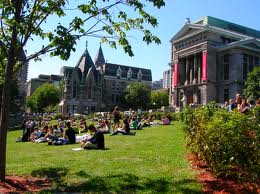

 The combined average SAT score of 1498 was the same as last year; a perfect score on the three-section test is 2400. In California, the combined average score of 1505 dropped two points from last year and 12 points from 2010. Perhaps more telling, only 48% of test takers reached the “SAT Benchmark” — a score of 1550 that indicates a 65% likelihood that students will obtain a first-year college grade-point average of B- or higher, according to the College Board. Students who reach that threshold are more likely to enroll in a four-year school and complete their degree, the College Board said. There was, however, the highest representation of minorities among test takers in history.
The combined average SAT score of 1498 was the same as last year; a perfect score on the three-section test is 2400. In California, the combined average score of 1505 dropped two points from last year and 12 points from 2010. Perhaps more telling, only 48% of test takers reached the “SAT Benchmark” — a score of 1550 that indicates a 65% likelihood that students will obtain a first-year college grade-point average of B- or higher, according to the College Board. Students who reach that threshold are more likely to enroll in a four-year school and complete their degree, the College Board said. There was, however, the highest representation of minorities among test takers in history.